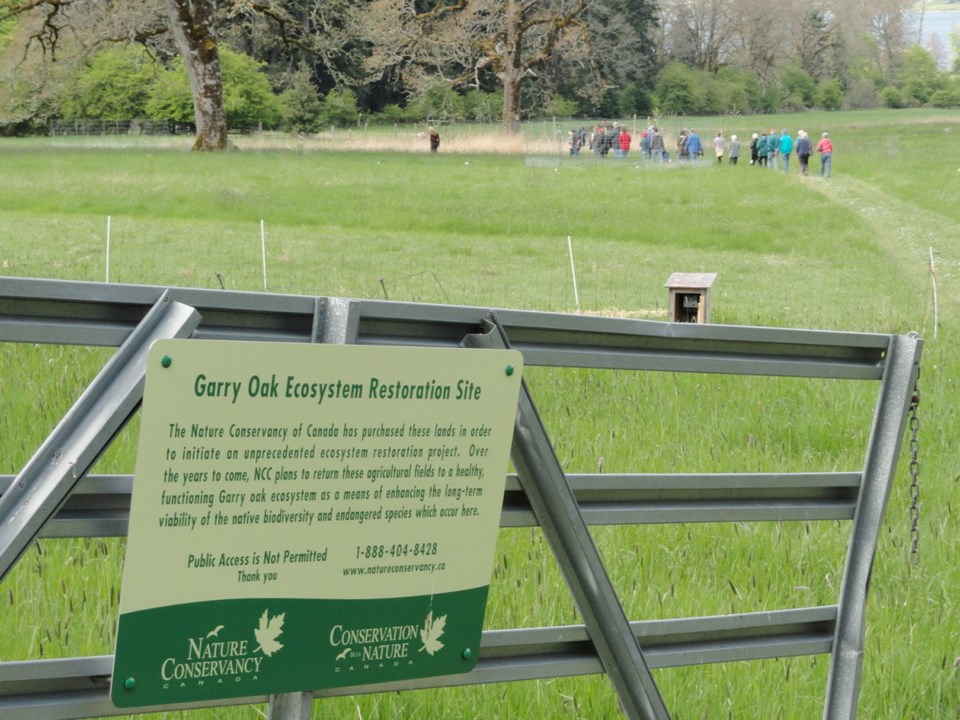As thousands of British Columbians celebrate Earth Day today, it raises the question: If so many people believe in environmental protection, why aren’t more of us taking action?
Robert Gifford, a professor of psychology and environmental studies at the University of Victoria, has spent the past seven years studying the attitude-behaviour gap plaguing the environmental movement.
Part of the problem is a belief that problems such as climate change are far-away events in either space or time, he said — but that can be changed.
His own epiphany came one day in the Inner Harbour. “I looked out on a log and I saw a brown pelican. Brown pelicans don’t belong in Victoria — they’re very rare here. The last time I saw one was on a beach in Mexico.”
Gifford called it a “here and now” moment: Evidence that climate change isn’t coming; it’s already here. He said it takes showing the public a bird or fish that doesn’t belong — or a flower that blooms far too early — to bring the message home.
It’s much easier to ignore evidence that you don’t see with your own eyes. “A polar bear falling off an ice floe is like, ‘Wow, that’s too bad. Now I have to cook dinner.’ ”
Organizations such as the Nature Conservancy of Canada face a different but related obstacle. While rallying people around a charismatic species such as endangered orcas is relatively easy, making people care about pieces of land can be more of a challenge.
But the Nature Conservancy has helped protect more than 1.1 million hectares of land, making it the country’s largest national land conservation organization.
Part of its strategy involves focusing on the properties closest to a community.
“There’s often a forest or a wetland or a place that people feel pretty strongly about: ‘I grew up there, I remember listening to frogs, seeing birds.’ It becomes a special place in their minds,” said John Lounds, the group’s president and CEO .
“What we try to do is break down the conservation challenge into pieces we can bite and chew.”
The next step is involving citizens in stewardship of the land. That can mean volunteer opportunities with biologists to remove invasive species and get involved in other ways.
“It’s kind of like people need to rediscover the natural world around them,” Lounds said. “It’s amazing when you go out with a biologist who turns over a rock and there’s a species of salamander you haven’t seen since you were a kid. It reignites interest.”
More than 85 per cent of Nature Conservancy properties are within 100 kilometres of a population, he said. On Vancouver Island, its responsibilities include the Cowichan Garry Oak Preserve and the Campbell River Estuary.
‘Dragons of inaction’: Why we don’t do more
UVic professor Robert Gifford has compiled a growing list of justifications, obstacles and barriers to action — what he calls “dragons of inaction.”
“A new dragon was born today,” Gifford said, referring to a University of B.C. study that found people who think “time is money” are less likely to act in environmentally friendly ways — even for tasks that take only seconds.
Gifford has classified the 33 dragons of inaction into seven categories:
• Limited thinking: “Either people are short on facts or they’re tired of hearing the message or they discount climate change because it’s far away in the future or far away physically or they feel they don’t have much control.”
• Ideology: Political or religious umbrella ideas that tend to limit action on climate change.
• Influence: If you’re surrounded by people who tease you for making an effort to recycle, you’re less like to do so. But this can also work in reverse, encouraging environmentally positive action.
• Investments: Environmental action conflicts with other goals, financial or otherwise. This could range from owning oil stocks to not wanting to waste your investment in a car by taking the bus.
• Discredence: “Essentially, it means, ‘I don’t believe you, I don’t trust scientists.’ … It can be the standard two-year-old view of the world, as in, ‘you can’t make me do that,’ ” Gifford said.
• Perceived risk: Everything from changing jobs to ending relationships involves risk. “Except for a few thrill-seekers, most of us are risk-averse,” Gifford said. When it comes to taking the bus instead of driving, even the risk of germs can turn some people off.
• Limited behaviour: Some people believe doing a little bit is enough, when they could be doing more: “I recycle, so I already do my part.”


